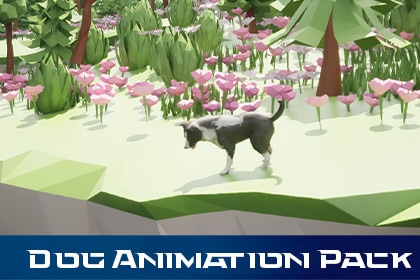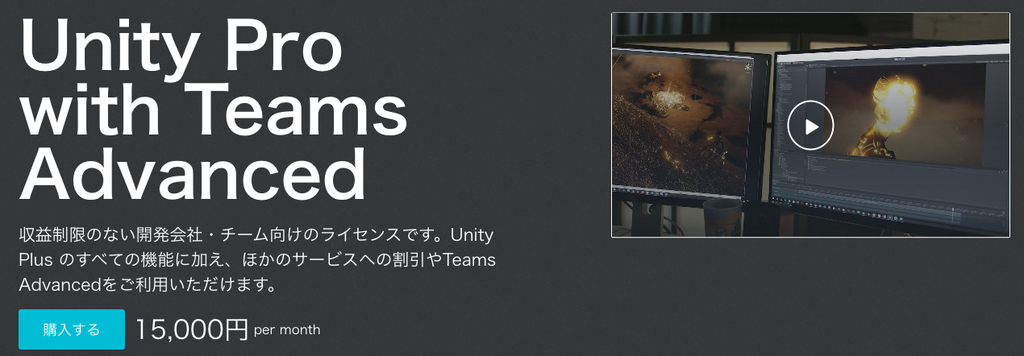
Idle: This animation shows the dog in a relaxed and resting position, standing or sitting still. It's used when the dog is waiting or not engaged in any active movement, often with slight breathing or tail wagging for added realism.Walk: The dog moves at a slow pace, with alternating leg movements. This animation captures a casual walking pace, often used for scenarios where the dog is casually exploring or moving through a scene.Look: The dog turns its head or eyes in a particular direction, often used to show curiosity or attention to something. This animation is helpful to show the dog reacting to its environment or focusing on something.Canter: A moderate-speed trot, faster than a walk but slower than a full run. This animation depicts the dog moving with a relaxed, flowing motion, often used in scenes where the dog is trotting through an area or playfully running.Alert: This animation shows the dog in a heightened state of attention, often with its ears perked up and its posture more rigid. It can be used when the dog notices something or is on the lookout for potential danger.Print: This could refer to a playful or engaging behavior where the dog might be pawing at the ground, like trying to print a footprint or making a playful motion. It adds character to the dog, often seen during playful or curious moments.Jump: The dog leaps into the air, either to catch something, jump over an obstacle, or play. This animation would add dynamic action, showing the dog’s agility and energy in motion.Dodge: The dog quickly moves out of the way, typically to avoid an object or an incoming action. This animation shows the dog’s ability to react swiftly and evade something in its path, such as a playful game or an obstacle.Video Map & Screen Shot Background Not Include in ProjectNumber of Animations: 24Animation Types : In-place







